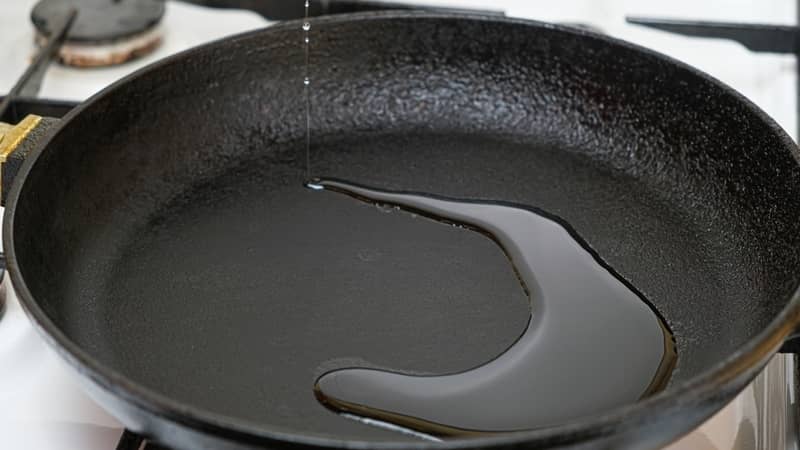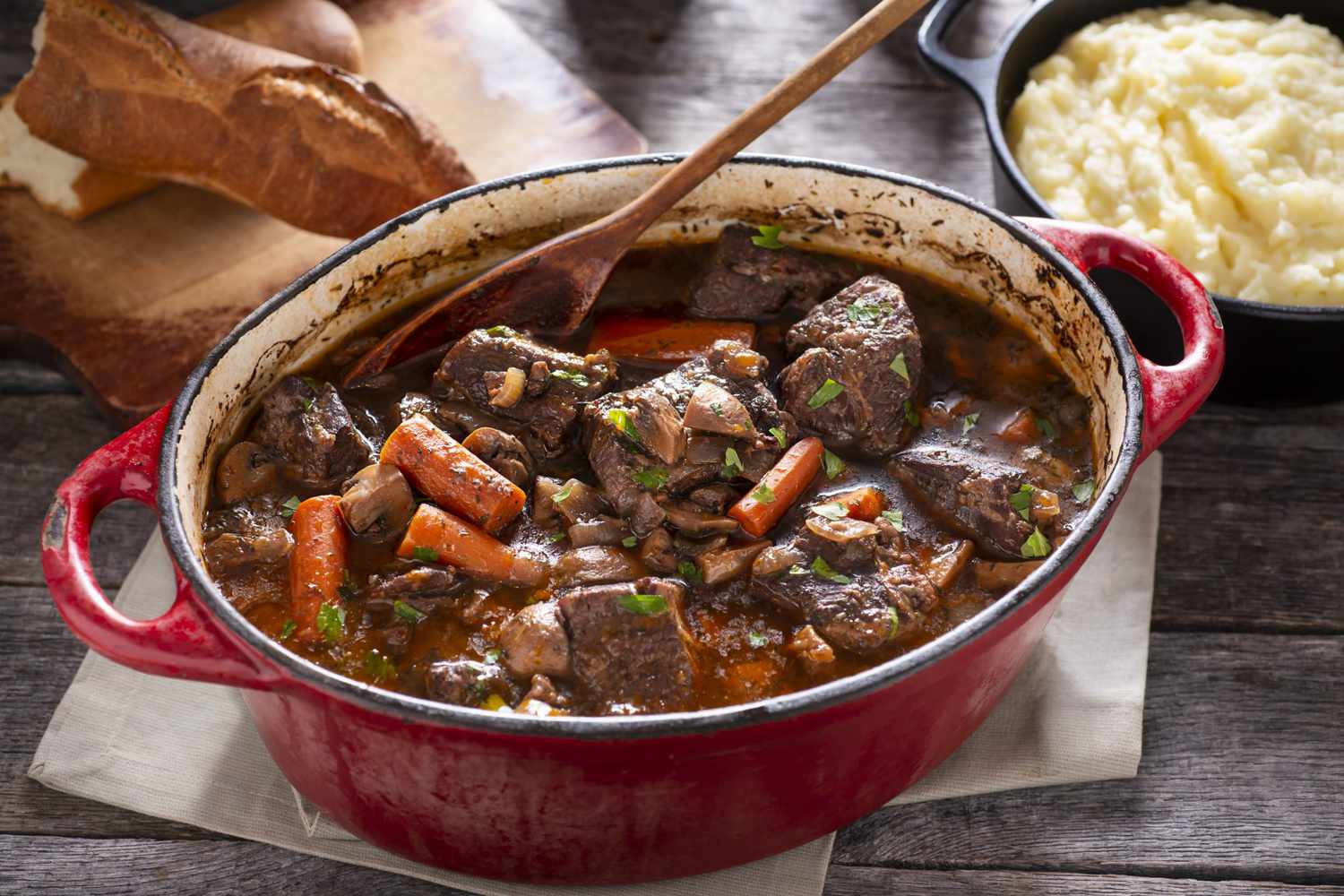When it comes to cooking, nothing beats the charm of a well-seasoned cast iron dutch oven or skillet. However, once you've completed the seasoning process, a new question arises: what to do after seasoning cast iron? Understanding the next steps can elevate the quality and longevity of your cast iron cookware.
In this guide, we will cover everything a kitchen professional needs to know about handling cast iron after seasoning. From maintenance tips to cooking techniques, we address a wide range of topics and concerns. Enjoy the journey of mastering your cast iron cookware!
:max_bytes(150000):strip_icc()/GettyImages-614986450-2000-f7ac499e535845c2903ff48843e0b142.jpg)
Understanding the Seasoning Process
Before diving into the practical steps to take after seasoning, let's first clarify what seasoning actually entails. Seasoning cast iron is the process of applying oil to create a non-stick layer that protects the metal from rust and makes it easier to cook with. Proper seasoning can make your cookware life-changing, so its important to reinforce that layer.
Step 1: Let It Cool
After seasoning your cast iron pot or pan, the first step is to let it cool completely. Did you know that placing hot cast iron on a cold surface can lead to cracking? Therefore, it's best to rest it on a heat-resistant surface until it has cooled down to room temperature.
Step 2: Cleaning the Cookware
One of the most common mistakes is using soap on seasoned cast iron. Instead, you should simply wipe it down with a soft cloth or a paper towel to remove any remaining oil or particles. If needed, you can use warm water to rinse it, but avoid any harsh scrubbing. For a detailed guide on cleaning cast iron, check our article on fixing uneven seasoning.
Step 3: Choose the Right Cooking Oils
After cleaning, its important to consider what type of oil to use. Selecting a neutral oil like canola or grapeseed ensures that the flavor of your dishes remains intact. Interested in discovering more about oils? Our blog on neutral oils will guide you!
Step 4: Storage Tips
Once your cast iron cookware is seasoned and clean, proper storage is crucial. Store the cookware in a dry place and consider placing a paper towel inside to absorb any moisture and prevent rust. If you are unsure about rust issues, check our article about rust prevention.
Step 5: Cooking Techniques
After seasoning, you're all set to put your cast iron skillet to use. High-heat searing, frying, and baking are just a few techniques that work beautifully with cast iron cookware. A great way to appreciate its benefits is by using it for cornbread or a scrumptious frittata. Youll find the results delightful and your guests will be pleased!
Step 6: Regular Maintenance
Regular maintenance is essential for preserving your cast iron cookware. Ensure thorough cleaning after each use and consider re-seasoning as needed. Check out our detailed article on how long to put cast iron in the oven for seasoning insights.
Final Thoughts
Now that you know what to do after seasoning cast iron, it's time to enjoy your cookware to its fullest potential. Treat it right, and it will return the favor by providing delicious meals for years to come.

Frequently Asked Questions
How often should I re-season my cast iron?
It depends on usage; generally, re-seasoning every few months or when you notice food sticking can be beneficial.
Can I use soap to clean my seasoned cast iron?
It is recommended to avoid soap as it can strip away the seasoning layer.
What should I do if my cast iron rusts?
Rusty cast iron can be scrubbed with steel wool, followed by re-seasoning to restore its functionality.
As an Amazon Associate, I earn from qualifying purchases.






Leave a comment
This site is protected by hCaptcha and the hCaptcha Privacy Policy and Terms of Service apply.